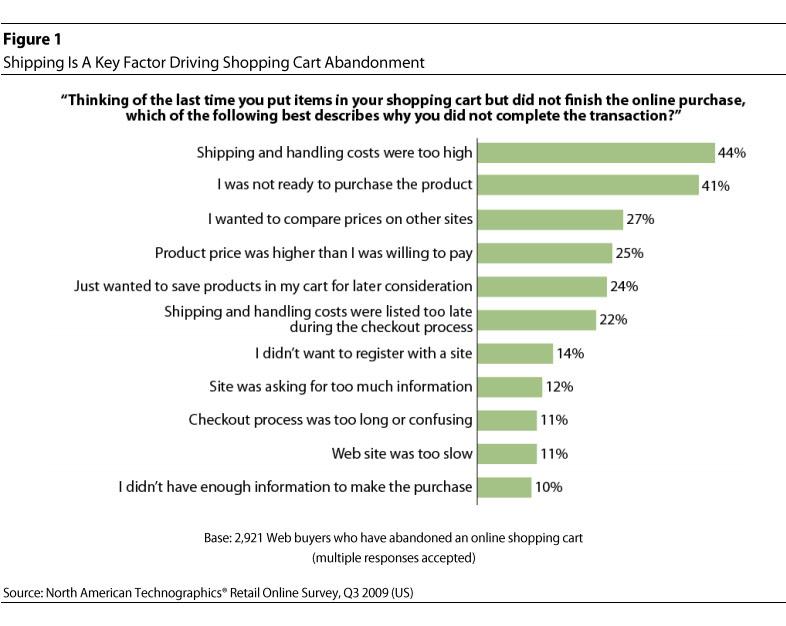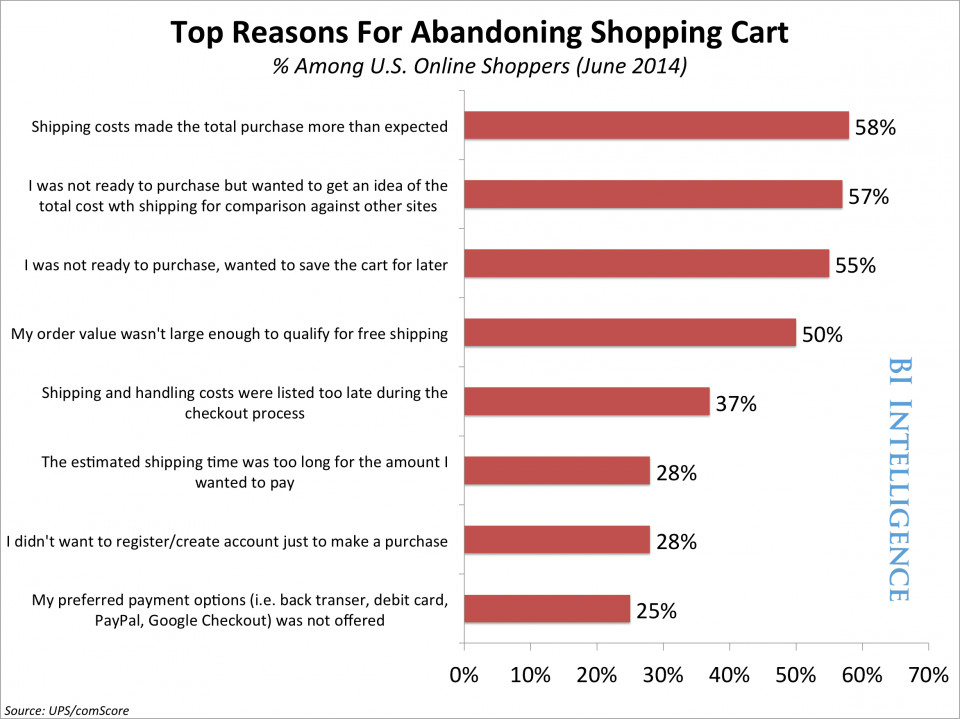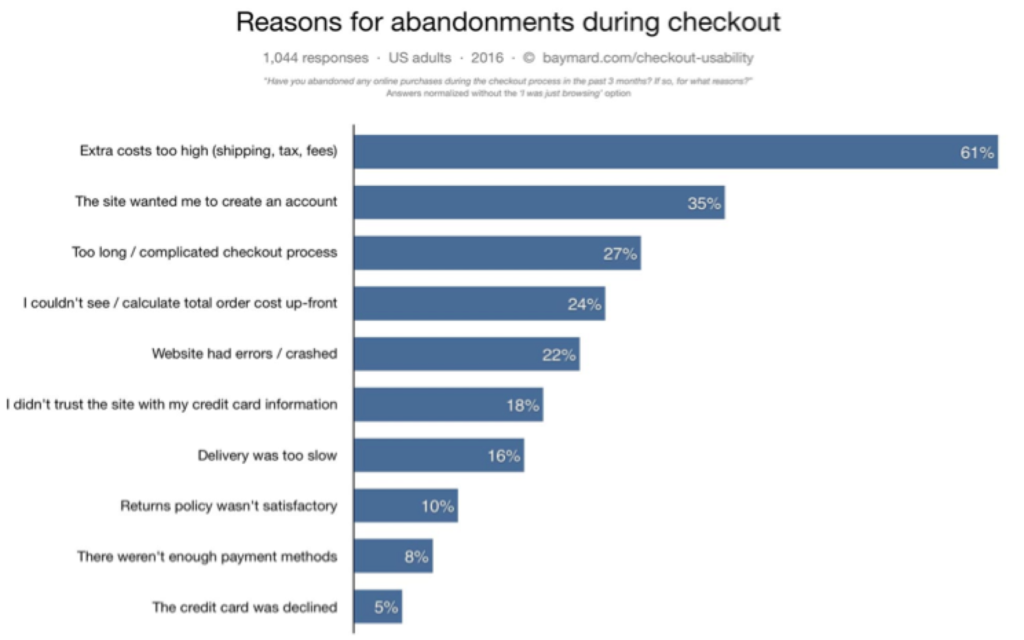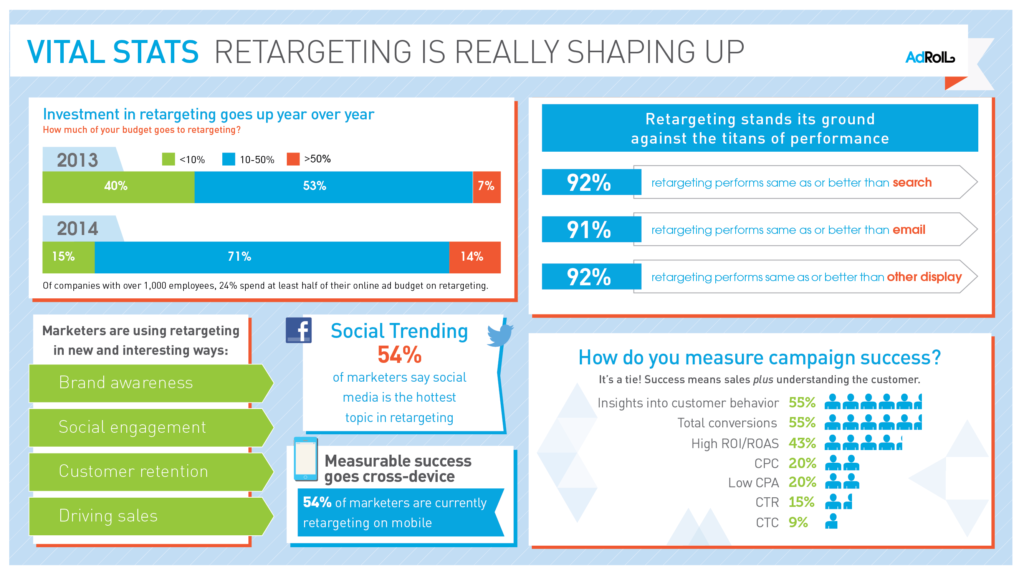Disclosure: Some of the links below are affiliate links, meaning, at no additional cost to you, Storehacks may earn a commission if you click a link to an external source.
Do you ever get the feeling the Shopify experts have secrets they just aren’t willing to share?
How is it that day in, day out they can come up with winning products and be scaling their stores to millions of dollars a month…
You would be surprised to know that they aren’t hiding anything. Often times what you need to know is right in front of you the whole time.
What makes these guys Shopify experts is their consistency.
Consistency in offering advice, the consistency in sharing tips, the consistency in which they run their business and interact with their customers, the consistency in systemizing and the consistency in delegating.
So does it really come as a surprise when these guys are absolutely crushing it with their stores?
I have been lucky enough to connect with a lot of genuine power sellers and they all share common traits in elements of their business. Below I am going to share with you their tips for success. The do’s and don’ts if you will.
Shopify Experts 12 Do’s or Don’ts for eCommerce Success
Some of this stuff will be covered in the article “13 Horrible Mistakes You’re Making With eCommerce and How to Fix Them“, however, if you continue to see the same message being rammed home you’ll be more inclined to fix any mistakes you’re making.
First up, we’ll take a look at the “do’s”.
DO put the Customer first
There’s a reason the customer comes first. They are the lifeblood of our business and without them, we would be making someone else rich in a 9-5…and none of us want that.
without them, we would be making someone else rich in a 9-5…and none of us want that.
The Shopify experts will always have the “customer comes first” mentality as this provides the backbone of continued success for your store.
“If you work just for money, you’ll never make it, but if you love what you’re doing and you always put the customer first, success will be yours.” – Ray Kroc.
Ray Kroc, if you didn’t know built one of the biggest businesses this world has ever seen. It comes as no surprise that he had a customer first mentality.
Customer orientated businesses put the needs of their customers before their own. They create meaningful relationships and build authentic connections through various methods and avenues.
Social media conversations, and actually partaking in discussions on threads will show that you care and are listening to their demands…or feedback.
What companies actually care about customers?
In the world of making a quick buck, it may come as a surprise that there are some companies who actually care.
Huge companies like Google, Apple, Samsung, Nike, and Facebook are all customer-centric. The most relevant to our conversation is, however, is Facebook.
It shouldn’t come as any surprise that Facebook puts users in first place over anyone else.
User experience is number 1. Ever wondered why they are as successful as they are? It’s because they have managed to crack the code on user engagement.
They strive to continually provide an engaging experience, keeping what engages (friends, family) and removing what doesn’t (shitty, spammy advertisers). Facebook continually updates their algorithm to ensure the highest levels of engagement possible.
As an advertiser, we need to understand that mentality, and the more aware of it we are the better it will be for your business.
Creating meaningful products and engaging through well thought out advertising will help you create a brand that not only the customer welcomes but Facebook LOVES.
When Facebook loves what you’re doing, you will get priority in auctions when advertising. Shopify experts understand their relevancy score and how it works for their businesses.
Create rubbish content and Facebook will penalize you with lower relevancy, more disapprovals, and higher ad costs.
So what are the experts doing?
- Collecting customer emails. Follow up post order to ensure the product has been received without any problems. An unhappy customer here can be turned into a lifelong relationship if handled correctly.
- Engaging on social media. Create a conversation around topics related to your business and respond to comments. Being conversational gives personality to your brand.
- Sharing Instagram posts of happy customers. People are mirrors and seeing other happy customers will help them fall in love with your brand.
- Delivering on promises. If you have a no questions asked refund policies, refund without question. If you have 3-day shipping, ffs deliver in 3 days. Set expectations and overdeliver.
- Allowing customers to easily get in touch. Emails, phone numbers, messenger, chats. There’s a reason Facebook puts your response time on your Facebook messenger because Facebook cares.
DO have a Customer Service Rep… or several.
The right customer service reps will give you more in return than you can imagine. Initially, it will take some time to help them get working autonomously in the manner of which you want them operating.
It is important, in those first few days that they keep in close contact with you.
 Shopify experts typically hire Philipinos for CS reps as they have an American accent and very good reading and writing skills.
Shopify experts typically hire Philipinos for CS reps as they have an American accent and very good reading and writing skills.
It is up to you to properly vet your employees to create a killer job description (to get ours Click Here) and get posting on UpWork.
So what can an amazing CS Rep give you? Once trained you will get back one of the most important things everybody has, your TIME.
And while they give you more time they will also be creating incredibly happy repeat customers.
What’s wrong with dealing with customers?
Dealing with customer service inquiries is the incredible time sap. Your attention needs to go into growing your store, finding products that sell and scaling the ads.
Being at the coal face with unhappy customers does nothing for the mindset you need to absolutely crush it in eCommerce. While it is rewarding turning an unhappy customer into a brand evangelist it does come at a cost.
When conducting your interviews make sure you get along great with the person you’re going to bring into your team. You need to create a bond with them so they will go the extra mile for you and overdeliver.
Considerations when training your CSR.
Fluency in English – PRIORITY
The better the English of your rep the better they will understand the nuances, colloquialisms, and phrases associated with the language.
If you want a relaxed vibe from your rep you need to ensure they are a native English speaker.
Being able to easily communicate with your rep will mean there is less room for error in interpretations. If you communicate with suppliers, having a native English speaker will certainly help with credibility and closing sales.
Availability and contract length
Having your rep available in your busiest periods is a no-brainer. Customers queries being answered quickly, will in most circumstances blow your customers minds.
It’s the perfect opportunity for your business to have communication with the people who are making you successful. Happy customers talk, as do unhappy ones. Pick which you’d rather.
“We’re not competitor obsessed, we’re customer obsessed. We start with what the customer needs and we work backwards.” Jeff Bezos, CEO of Amazon
Contract length is super important, training your rep and having them move on in a few weeks is far from ideal. Ensure the contract is open-ended and be willing to reward exceptional customer service with bonuses.
When your business starts scaling and you need new reps your first hire will often be the one to train new employees.
Shopify Experts Top 5 Tips for Customer Service
1. Offer Live Chat
We live in a world of instant gratification, real-time news updates, TV’s for free (or for 48 months at least) and instant responses from chats. If you’re not using live chat you are in for a treat.
Being able to respond immediately to customer requests will have you helping them through the checkout, up-selling and turning them into repeat customers faster than you imagine.
As marketers, we are also used to instant gratification. If we have spent $50 on an ad and it hasn’t converted we turn it off. Live chat offers the same levels of immediate ROI.
By speaking with our customers right before they abandon checkout we can keep them online to help them through any sticking points.
Not only can you help with the checkout process you’ll be able to instantly provide answers for shipping questions and help with post-purchase support.
Most platforms allow you to have prewritten answers for common questions and allows you to be more consistent in providing your service.
2. Create an amazing refund policy
Did you know it’s possible to have a returns policy that actually increases conversions? Having a clear and concise refund and returns policy helps put your customer’s mind at ease pre-purchase.
If you can’t explain it succinctly in a conversation it is too difficult.
Returns & refunds, unfortunately, are par for the course in business, no matter how good the quality of your product. In a lot of cases, it is much better for your business long term to take the hit, accept the loss and move forward. That goes for both you folks in POD & Dropshipping.
3. Use a customer service platform
Customer service platforms are fantastic, it is one the quickest ways to improve customer satisfaction as conversations will not go unanswered.
Most platforms allow you to connect to social media, integrate a VoIP phone number (important), keeps transcripts of conversations and…the ability to offer live chat.
Keeping it centralized will help your rep follow through tickets in a timely manner by creating prioritized lists. Actioning more important tasks will ensure customer satisfaction remains high.
4. Post your FAQ’s
More often then not 60% (that’s a stab in the dark) of your inquiries will be about shipping or returns. To help alleviate the pressure on your rep create an FAQ page with the answers. It will cut down considerably on the number of tickets that will be created.
5. Offer a 24-hour phone support service
The better platforms will have the ability for this service integrated. Typically it will cost extra but could well be worth the investment.
Instead of customers getting an answering machine and bailing before leaving a message, a live agent will speak with them and create a ticket for when you have a rep available.
For incredibly interesting customer service statistics click here.
Source: https://www.zendesk.com/blog/maximizing-ecommerce-customer-service/
DO Request photo reviews
Photo reviews are like catnip to future customers. What says someone has had a positive interaction with your business better than a smiling customer with your product? Nothing.
Starting out it is difficult to get traction with photo reviews however if you set the review request to send within a day of your customer receiving their product then before long you’ll have plenty.
To get an idea of how important social proofs is take a look at this article from KissMetrics -Social Proof: Your Key to More Magnetic Marketing. When these guys talk, we listen.
You can very quickly tell the Shopify experts from the inexperienced by the lack of faces on a website. Happy customers are an army proudly singing your stores praises and helping you with a much larger marketing reach than your dollars would allow.
Loox photo reviews are the best available in the app store and it’s highly recommended you install it the moment you have your first customer.
DO Care about the product quality
“This should go without saying, do not sell poor quality products. We are in the business of growing business and if you’re selling rubbish you won’t be in it for very long.” Me.
If it’s not enough that you don’t care what you sell, the customer does. Not to mention big blue. Facebook is making a massive effort to stamp out drop shippers who sell from AliExpress and people infringing on others copyright.
Nothing has been reported, however, after speaking with several app developers and fulfillment companies they are all reporting a similar thing…
Marketers are dropping like flies.
What could be the reason behind this? Facebook cares about user experience and how you look after your customers. If you are getting low relevancy, high negative feedback and disapproved ads chances are you are on the Facebook naughty list and you have an impending doom.
When you care about your customer (refer to our first DO) Facebook is happy and you should be too. In order to create an amazing experience, you need to care about what the customer receives.
Everything from the custom boxes with your logo, to the product itself. Make it of good quality material so it won’t fall apart in the first wash. If the customer orders a 4XL and the print looks like it was made for a matchbox you need to find a better fulfillment agency.
If we haven’t provided enough reasons to take a look at this article “5 Reason Product Quality Matters”
A summary of reasons product quality matters…
- Builds trust with your customers. Without trust, your business is doomed to fail. If there’s no trust there’s no loyalty, with no loyalty you have to compete, when you compete you can’t do things like raise prices.
- Creates WOM marketing and recommendations. 92% of people trust the recommendations that come from friends or family. That’s the highest ROI you will get with any marketing…ever.
- Produces less customer service problems. Reducing refunds and time spent by reps alleviating your customer’s grievances is money saved. Which increases your ROI again.
- People care how they look. Don’t believe us? Well then better go tell Armani to stop designing suits.
- Produces a higher ROI. Duh. When these things combine you have the ingredients for an incredibly successful brand. Trusting, loyal customers proclaiming the word of your .com while looking good will keep your business around long into the future and printing those dollar bills.
DO care about your website loading times.
You may have noticed over the years the importance of Google, Facebook, LinkedIn and basically any other platform that requires high levels of engagement, have put into loading times.
Facebook introduced lightning articles. Where everything is stripped away, all sidebars, ads, links etc so all that was left was the text. While publishers are absolutely hating it the reason is obvious.
To build engagement within Facebooks platform they need to make external links available in the app to keep them from leaving, and what better way than ensuring lighting fast content.
LinkedIn has done a similar thing with their articles as well.
But what does this mean for your eCommerce business?
No longer is it the best offer or product selections that get you ahead of the competition. Having those things with a lightning fast website will keep them hanging around and checking you out, ah, I mean checking out.
There are a lot of studies and articles being published stressing the importance of site load times and unresponsive websites.
These are both major deterrents as most users will only expect to wait for no more than 2 seconds. 2 FLIPPING SECONDS. So here are some numbers…
- Reducing your page load times by a mere 3 seconds will increase your conversions by 7-12%
- If a store is making $10,000 a day, a one second delay in the average load time of the page would equate to $250,000 in lost sales for the year!
- Oh and if the load time is greater than 3 seconds. You can say bye to 22% of the conversions that would have happened compared to a site that loads in 1 second.
Another thing to mention on load times is the importance Google places on it. If you want to be ranking highly in the SERP’s you need to place an equal importance on it. Constantly working towards increasing load times will pay off many times over.
Some things you can do to reduce your load times…as told by Shopify;
- Start monitoring your mobile performance
- Mobile first then desktop page speed
- Get a cumulative grade
- Grade your site on optimizations
- Use a reliable & super fast hosting service
- Make your images smaller by compressing
- Minify your code universally
- Organize Tracking with Google Tag Manager
- Remove redirects and broken links
- Leverage the CDN
- Decrease Thumbnail Image Sizing
- Back off the Hero Slides
- Use pop-up quick view windows minimally
- Get rid of too many liquid loops
- More apps mean slowing your site down
If you want to learn more about how to reduce your load times on Shopify click HERE and Harry Shum of AI at Microsoft will take you through the process.
Storehacks.com got a grade of “C” with a load time of 4.7s. Looks like we need to go on a diet.
DO build your email list
The brilliance of the email list is that it is your asset to keep. Facebook can’t take it from you like they could take your business page or disable your accounts.
Neil Patel, Co-founder of KISSmetrics, CrazyEgg and QuickSprout recently tweeted “Out of all the channels I tested as a marketer, email continually outperforms most of them”.
By building your list you can continually inject money back into your store as you can show your customers the latest products in your catalog, show happy customers or run a special promo.
Your email list is proprietary, no one else online running a store has your exact list. It is how you beat your competition. Being able to build value and relationships with your customers is how you build their lifetime value.
Put an email content plan in place
The same way you have a content strategy for social media, you need a plan in place for your email list. This ensures you are nurturing them as effectively as possible.
Communicating with the people that have already purchased from your store allows you to connect and give much more personality to your brand. This is a list that few people are on so you can make them feel like the real VIP’s.
Industry benchmarks have shown that 16.75% of people will open your emails with 2.32% clicking through. So what can you do with your email subscribers that will have your email lists sizzling with sales?
Must have email flow…
Abandoned Cart Email Flow
Without a doubt, this is the email flow that you cannot live without in eCommerce. A cart abandonment is triggered when a customer adds something to their cart and fails to follow through on their purchase in a certain period of time.
It is absolutely CRITICAL to have this series in place as a recent report from the Baymard Institute found that 7 in 10 store carts are abandoned. Take a look at Bigcommerce’s “31 eCommerce Email Marketing Tips to 5x Your Conversion Rates”. It’s a great list with lots of value for your stores.
The Don’ts
DON’T Forget to test your product.
I assume what got you to this point was the relative ease and speed of how fast you can get online and start making money. While this is an attractive proposition and you might be tempted to plug in Oberlo, link up some niche products from AliExpress and start selling immediately, you should wait.
A common theme through Storehacks.com is the emphasis we place on customer satisfaction. What you need to do is order any product you are looking at selling to ensure it is of sound quality.
Quality of which you’d be proud to sell to the Nana. It’s a sad reality but there are a lot of shady people out there pumping more unneeded rubbish into the world.
The downside of drop shipping is the cost of samples and the length of time it takes to get each product. When we are trying to launch 20-30 products a week this process of ordering sample becomes quite cumbersome.
DON’T try to do everything yourself.
While it may be tempting to try and do everything yourself you will run the risk of burning out. Spreading yourself to thin takes your valuable time away from things that actually do make money, like finding great products to sell.
If you are dealing with customer service inquiries, looking for products to sell, designing ad graphics on Canva, uploading new products to your store, launching and running ads you are not using your time effectively.
Hard work beats talent when talent doesn’t work hard, but smart work beats hard work when hard work doesn’t work smart 🤔 #mindblown
— Shopify (@Shopify) February 13, 2018
You should continually be thinking about adding systems to your eCommerce store. The Shopify experts didn’t become successes by doing everything, they all delegate and do the things that work well.
Quaderno has some great ideas on what aspects of your business you should be systemizing.
Much like your email flows can be systemized with Klaviyo, to be able to automatically achieve the tasks consistently you need have them working for you in the background.
Being able to sit down on Monday and spend 3 hours searching for design ideas, loading ideas into Trello, and approving past designs for upload will free up your time to launch on Wednesday.
You are the creator of your business. If you are packing your orders, doing all your social media marketing, and all the day to day chores of your business you will fail to scale.
If you are spending 16 hours a day, not having lunch or going to the gym your biggest concern will be burning out.
DON’T hide your shipping charges
Most successful stores will be transparent with their shipping charges either offering free or flat rate. The reason behind this is it immediately puts your customer’s minds at ease knowing exactly what they will be charged.
In a 2009 study (wow that’s outdated) 44% of people abandoned their shopping cart because the Shipping and handling costs were too high.

Now compare that to the 2014 study from BI Intelligence and you will see the rates increase.

Into 2016 and we see that rate continue to climb according to a study conducted by Deloitte…

What do you think 2018 is going to bring? Customers are spoilt for choice. Either build the shipping costs into your product and compete on branding or work to get cheaper shipping charges from your fulfillment center.
Most of our marketing efforts are coming from Facebook and whilst you may have a visitor considering the purchase on your store they will be looking elsewhere if they notice the shipping charges are too high or are hard to find.
ECommerce is incredibly competitive, other successful stores display their shipping costs upfront to ensure their visitors know of any extra fees they are likely to be hit within the checkout.
DON’T Forget to Retarget
Storehacks.com offers a lot of advice on retargeting and the biggest don’t in this list is this. Don’t. Forget. To. Retarget. The immediate benefits are clear. Retargeting customers who have been to our (excluding purchasers) stores will entice them to come back and purchase the product they were looking at.
DPA Retargeting makes this process incredibly easy. We set up our catalogs in Facebook and create a series of audiences and offers and create the ads to run on autopilot.
Despite the ability to follow those visitors who left without purchasing, retargeting will be used for building brand awareness, social engagement, and cross/up-selling other products.

Be sure to check back regularly as we will be releasing “The Top Secret Strategy to DPA Retargeting on Facebook” that is making money hand over fist.
For more information on how successful retargeting can be checkout OptiMonk’s “[CASE STUDY] How Smart Marketer Boosted BOOM!’s eCommerce Revenue By $148,297 Using Onsite Retargeting” and be prepared to be blown away.
DON’T Forget to Test, Test, Test
The variables of running a print no demand or drop shipping business are so incredibly large that we need to remove as many as possible. In order to systemize the ad launches, you will need to have a proven system, a proven ad setup that stands the test of time.
However, while the structure of the campaign may stay the same, slight tweaking of the elements within will differ.
Tim Burd is the Admin of the fastest growing Facebook group for ad buyers. Coincidentally it’s called “Facebook Ad Buyers”. Tim has several methods for scaling and launching ads and you should be following his advice.
Not blindly, but testing them in your own scenario, adopting into your system what works.
He gives quality advice on how to really scale your ads and shows how you can start spending some serious dollars. The kinds of dollars that tales your store from mom and pop to the top of the lot.
Remember to always be testing, particularly once your campaigns do start to scale. When campaigns start taking off there is more fat to play with and while you may spend a bit of money on testing the setups, the potential payoff can be massive.
DON’T Forget about your SEO.
While I’ve never placed importance on SEO myself the more I look into it for this blog, the more I find out all the massive stores have a definite focus in this area.
The reason being, customers are typing into Google exactly what they want, and if you target the right keywords it’ll be your store they click into.
KISSMetrics has put together a very detailed guide on SEO for eCommerce. I suggest you or one of your staff read it and implement a strategy immediately.
Or if you don’t have someone that can implement spend the money on a professional.
Reasons why SEO is important for your store;
- It helps customers find you. Not having a plan is leaving cash on the table, lot’s of it. Take a look at your Google Analytics and you should notice that organic searches make up most of your traffic outside of your paid platforms. If this doesn’t get your juices flowing it should. Once your SEO is implemented and your keywords ranking you will continue to make sales virtually without spending money.
- The effects are long-lasting. While it may cost you money today, having implemented a good SEO plan initially it will be paying off for months, if not years to come. Unlike paid advertising, your traffic won’t disappear the moment you stop paying for it. It continues to give long into the future.
- It’s not worth your time. It’s worth a professionals time. Paying someone that knows what they’re doing when working on SEO will have untold benefits. They will be able to work faster to get the results you didn’t know were there and cost you less in the long run.
Conclusion
Finding a mentor is one of the keys to your success. Being able to bounce ideas off them and emulate their systems will get you to the levels of success the Shopify experts achieved.
Everyone knows something you don’t, so don’t be afraid to reach out to power sellers and anyone else interested in eCommerce.
Be genuine in your attempts to help them and most will endeavor to do the same for you. You never know who someone knows, or what they can do for your business so approach each person with kindness and openness.
This list has been compiled by my own knowledge of the industry and with the help of data and tips from other platforms and websites. These are all keys to a successful business and all 12 Do’s or Don’ts are adhered to by the Shopify experts.
Go forth and conquer, build relationships with your customers and create a business you can be proud of, a business people are proud to promote.



